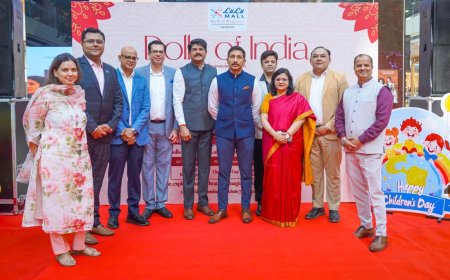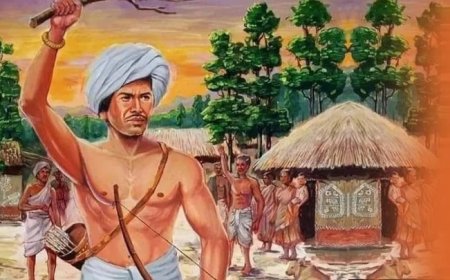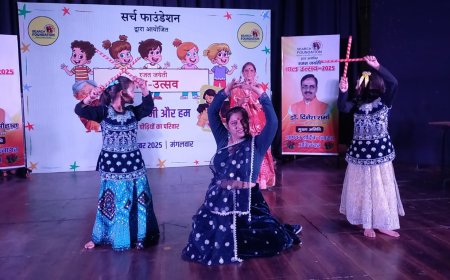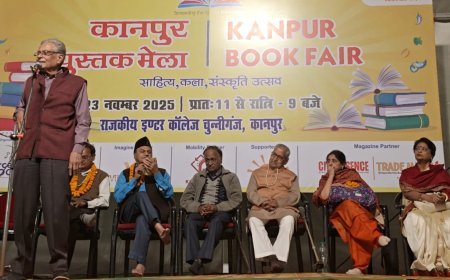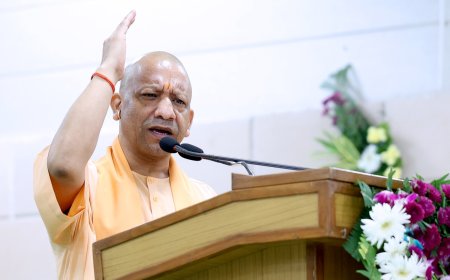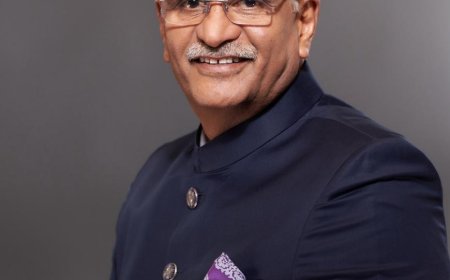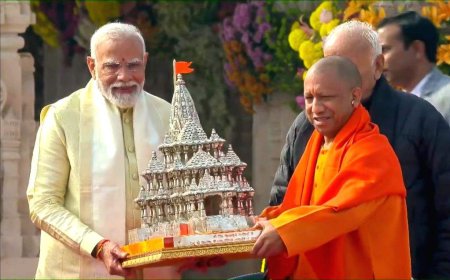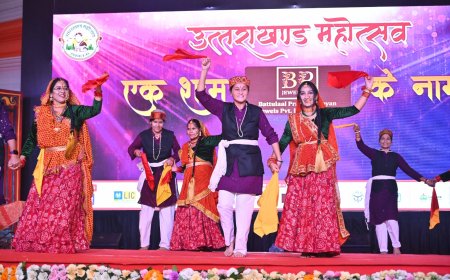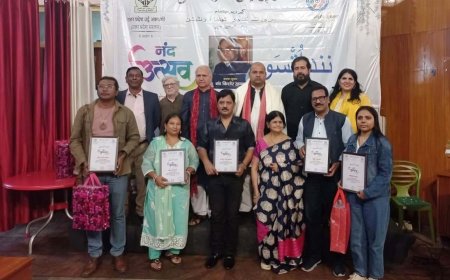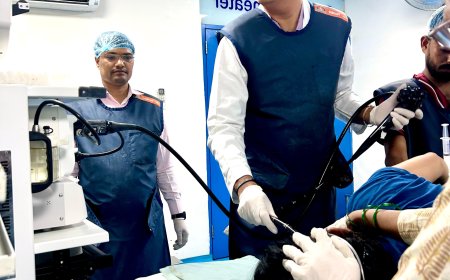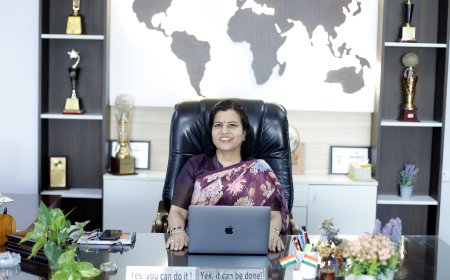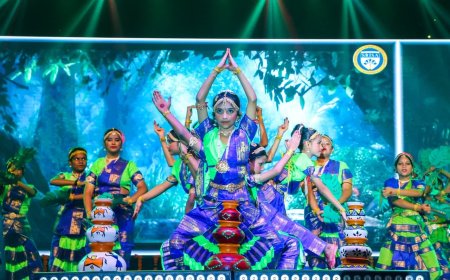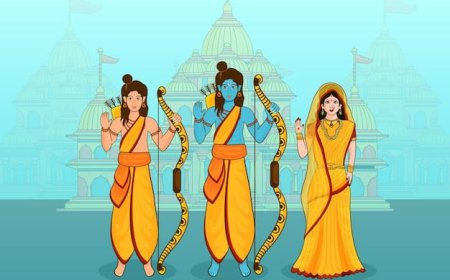Sambhal to Emerge as Uttar Pradesh’s New Centre of Faith Tourism: Ancient Sites Getting a New Identity
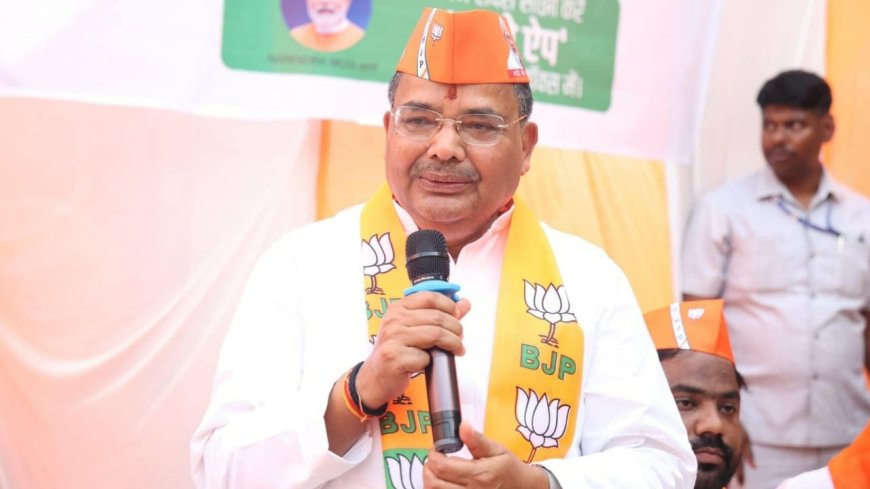
141-year-old Manokamna Temple to be developed as a major pilgrimage and tourism destination, says Tourism Min Jaiveer Singh
Preserving our spiritual and cultural heritage is not just our responsibility but our pride, says Minister
Lucknow/Moradabad, October 24, 2025
The Uttar Pradesh Tourism Department is set to bring the historic city of Sambhal into the spotlight as a new hub for religious and heritage tourism. With its deep-rooted spiritual significance and rich cultural history, the city is home to several sacred sites, the most notable being the 141-year-old Manokamna Temple, which will soon undergo major tourism development under the Uttar Pradesh State Tourism Development Corporation (UPSTDC).
A total of ₹171 lakh has been sanctioned for the comprehensive development of the temple and its surroundings. This initiative aims to enhance visitor facilities, preserve the temple’s heritage, and position Sambhal as a prominent destination for devotees and tourists alike.
The Divine Significance of Sambhal
Sambhal holds a revered place in Hindu belief as the foretold birthplace of Lord Vishnu’s tenth incarnation, Kalki Avatar. According to ancient scriptures, Lord Vishnu is believed to appear in Sambhal in his Kalki form at the end of Kaliyuga to restore dharma and peace. This divine association, along with the upcoming construction of Kalki Dham, has brought renewed attention to Sambhal as a sacred destination for pilgrims.
Tourism and Culture Minister Jaiveer Singh said, “Sambhal is a land of faith, heritage, and ancient wisdom. The government is taking extensive steps to revive and beautify its spiritual and historical landmarks. The development of Manokamna Temple will not only enhance the experience for devotees but also strengthen local livelihoods through tourism.”
Manokamna Temple: Where Wishes Come True
The Manokamna Temple, one of the most revered shrines in Sambhal, is believed to fulfill the wishes of all who pray here. The temple is also known as the samadhi site of Sant Baba Ram Mani, a revered spiritual figure remembered for his miraculous healing and selfless service to humanity.
Each year, thousands of devotees visit the temple to seek blessings and take part in religious rituals. The annual bhandara (community feast) held in Baba Ram Mani’s memory draws pilgrims from across the district and nearby regions, turning the temple into a vibrant centre of devotion and community spirit.
A Sacred Complex of Temples and a Historic Kund
The Manokamna Temple complex, spread across 20 bighas, includes shrines dedicated to Radha-Krishna, Lord Shiva, Hanuman, and Ram-Janaki, along with the ancient Manokamna Kund at its heart. According to local belief, bathing in the kund once cured skin ailments and fulfilled wishes. Although the pond has dried up due to the decline in groundwater levels, plans for its restoration are part of the temple’s redevelopment.
The temple was originally constructed in 1884 by Nand Kishore and Ganeshilal, and historical accounts suggest that around 100 bighas of land were donated to the temple over a century ago. The complex’s intricate design, surrounded by temples and stairways, stands as a testament to the devotion and craftsmanship of its time.
Sambhal’s Rising Tourism Appeal
Once known for its quiet spiritual charm, Sambhal is now emerging as an important tourist destination in Uttar Pradesh. In 2024, the district recorded 43.58 lakh visitors, while in just the first three months of 2025, over 13 lakh tourists have already visited. The number is expected to touch 50 lakh by year-end, marking a new chapter in the district’s tourism growth.
Sambhal also houses other notable attractions, including Mata Kaila Devi Temple, the historic Clock Tower, and the Tota-Maina Tomb, built by Prithviraj Chauhan. With the ongoing development of Kalki Dham, spiritual tourism in the region is witnessing renewed enthusiasm from devotees across the country.
Minister Jaiveer Singh emphasized, “Through the conservation and beautification of ancient sites, the state government is not only promoting religious tourism but also empowering local communities. Projects like the Manokamna Temple development will give devotees better facilities and bring Sambhal’s cultural and tourism potential to new heights.”
What's Your Reaction?







